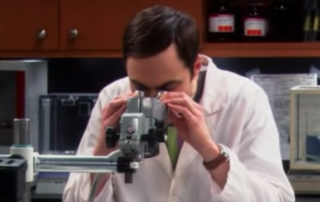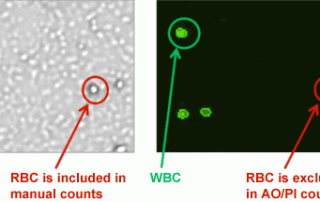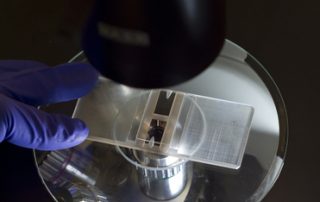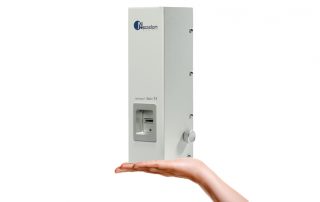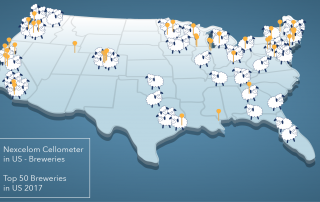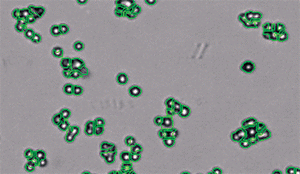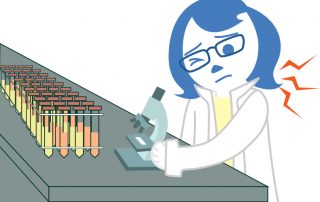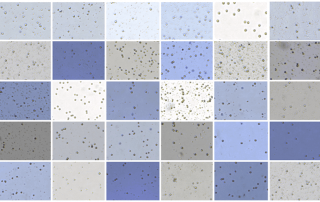It's White Paper Wednesday! Read our featured white paper:The Historical Development of the Hemacytometer The hemacytometer has been an essential tool for hematologists, medical practitioners, and biologists for over a century. Depending on where it is being used, the word has multiple spellings such as hemacytometer, hemocytometer, haemacytometer, or haemocytometer, but for consistency purposes the word “hemacytometer” will be used in this review. The prefix “hema”, “hemo”, “haema”, or “haemo” means blood, while “cytometer” meant a device to measure cells. The device was initially used by medical practitioners to analyze patient blood samples, which was the initial spark that created [...]

